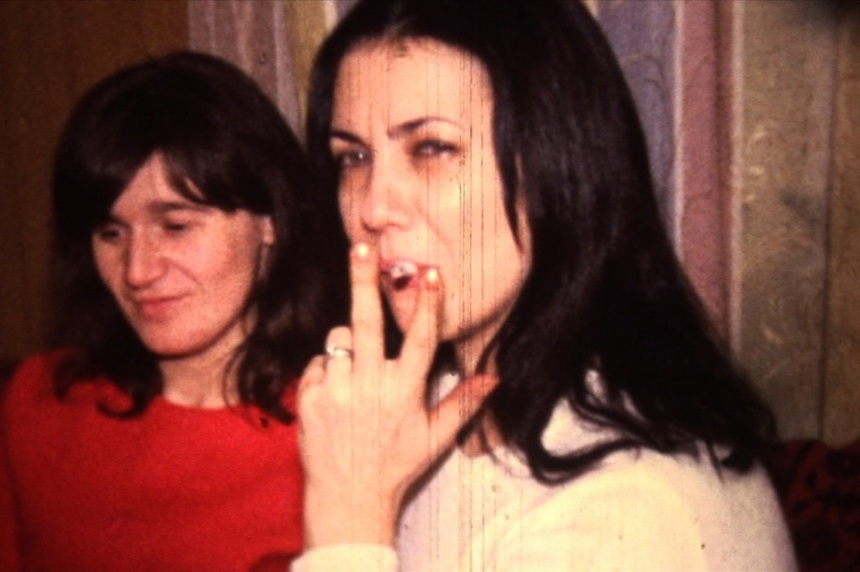Review: INNERE BLUTUNGEN (Internal Bleeding) Is A Truthful Found Footage Exposure Of Rural Austria In The 60s

The undisputed king of the Austrian cinema of humiliation is Ulrich Seidl and Innere Blutungen by Florian Sedmak and Anatol Bogendorfer sometimes seems to be a perfect research starting point for Seidl's upcoming features. But there is also another common approach in Austrian cinema, namely the diverse use of found footage. The directors try to combine both streams with an experimental documentary consisting entirely of read out newspaper articles of a regional Austrian newspaper between 1965-1975 and found footage of the same years
The articles circle around crimes and anecdotes, like husbands beating their wives or abused teenagers giving birth to children, as well as around adverts or a day-to-day program of a b-movie theatre. The narrators (one female, one male) read them in a fascinating way, always giving glimpses of irony and ecstasy but staying calm on the surface.
Listening to them is a great pleasure and never gets boring although the newspaper articles feel like a merry-go-round after some time. Innere Blutungen pursues a trance-like rhythm of insipidities and never lacks the ability to entertain.
Following a surrealist tradition the images jump on the path of sickness, with found footage of drunken guys stripping, pans over female bodies next to children playing and so on. Their analogue charm and amateur look adds to a strong feeling of decay. But there is also a striking beauty about the glimpses of simple life. It is the little stories, the daily-life that impels the society taken apart by Bogendorfer and Sedmak.
It works just perfect until out of no apparent reasons politics come into play. Suddenly the filmmakers act as if they would tell something about society instead of just letting the audience make their own analysis.
Moreover Innere Blutungen is an exemplary film about montage. The way the footage gets structured topical (for example scenes involving soccer) and formalistic (suddenly a collection of quiet black&white photographs) at the same time creates a strong impression about dysfunctional life in a time, where many countries in the world celebrated freedom and revolutions.
The sound design not only adds with a menacing score, but also gives new meaning and plays against the images. Word and image begin to communicate instead of supporting each other.
It is an obvious choice that escapism is an important subject in the film. Treating alcohol as the usual way to flee, Innere Blutungen suddenly has a change of mood when holiday video images arrive at the screen. But that is just a last rising up against the inevitable conclusion of the film.
Advancing the ultimate decay, Innere Blutungen threatens to dissolve in front of the audiences just like the private memories it shares and consequently concludes with death, an Austrian cinema death.







